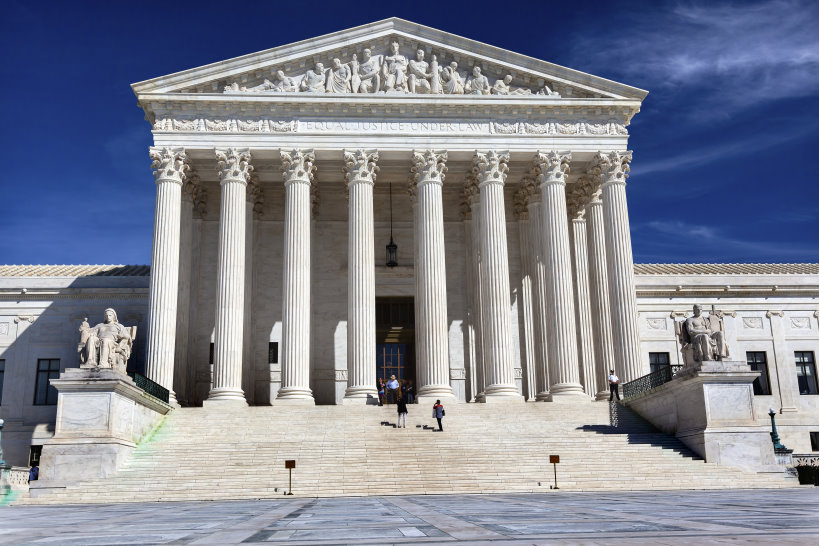Worker’s Rights Omaha NE
October 4, 2022 | Labor & Employment Law
What Laws are Available to Protect Workers Rights
In the past, workers were at the mercy of their employers when it came to safety, compensation, benefits, promotions and much more. However, the passing of worker protection laws has ensured the rights of millions of workers across America are protected. These rights range from minimum wage to parental leave. In this article, we discuss various laws available for the protection of workers’ rights.
The Fair Labor Standards Act (1938)
This law was enacted as a result of a long struggle by workers. This act ensures standardization of various employment terms including the number of hours that workers are expected to work in a day as well as the age limit. Under this act, the standard work day was set at eight hours. The act also prohibited child labor. Under this law, children under the age of sixteen are barred from working. The law also sets the minimum wage at $7.25 per hour. Workers have the right under this law to receive one and a half times the minimum wage in compensation for overtime pay.
The Occupational Safety and Health Act (1970)
This act was created to ensure that employers maintain a work environment free from dangerous conditions. This act was designed to minimize the dangers that workers are exposed to while at work. The law sets out various guidelines and provisions that are general to all workplaces. It also sets out industry specific guidelines for those that operate in the agricultural, maritime and construction industries.
The OSHA Act also provides protection to employees under the ‘Whistleblower Protection Program.’ The Act provides protection for employees from retaliation from their employers when they speak up or report violations by their employers.
The Occupational Safety and Health Administration (OSHA) is the government agency with the primary responsibility of enforcing the law. However, there are other state agencies that are also charged with the responsibility of enforcing the law.
Social Security Act (1935)
This law was signed by President Franklin D. Roosevelt. The law provides employed workers with a financial safety net. The act requires employers and their employees to each contribute an amount that is worth at least 6.2 percent of the employee’s wages up to a specified maximum annual amount. The employer must match the amount contributed by the employee to the fund. When employees retire or suffer a disability, they can claim their social security benefits. They will receive their benefits as a monthly payout.
The law was designed to help prevent seniors and workers that suffer injuries that prevent them from returning to the workforce from poverty. It ensures that these groups are able to receive some income even when they are unable to undertake gainful employment.
Family and Medical Leave Act (1993) (FMLA)
This law protects the rights of employees to take time off work in the case of specific family reasons or medical reasons. Workers are eligible to take up to 12 weeks of unpaid leave every year when a family member is sick, a child is born, a child is adopted or if they or a family member is facing serious health problems. Workers are entitled to take time off without the fear of losing their jobs or facing other repercussions.
However, not all workers are eligible for this leave under the FMLA. You must have been working under your employer for at least 12 months. You must have also worked at least 1,250 hours in the past 12 months in order to be eligible to take leave. The law also only applies to organizations that employ more than 50 employees within a 75 mile radius.
Age Discrimination in Employment Act (1967)
The Age Discrimination in Employment Act (ADEA) forbids employers from exploiting workers that are aged 40 and over. Employers are prohibited from refusing to refer a person for employment based on their age. ADEA also applies to unions. It prohibits workers unions from refusing membership to workers because of their age.
Title VII of the Civil Rights Act of 1964
This act protects workers against discrimination from employers on the basis of race, religion, color, national origin or sex. Employers cannot discriminate against workers by refusing to hire, discharge, promote, compensate or offer other privileges of employment on the basis of the factors outlined by the act.
Labor Management Reporting and Disclosure Act (1959)
This law applies to labor unions. Also referred to as the Landrum-Griffin Act, the law ensures equal rights of union members. Under the law, all union members have a right to nominate and vote for the union leaders of their choice. They also have the right to attend meetings and contribute to discussions.
Conclusion
These are just a few of the many labor laws that are designed to protect the rights and safety of workers. Understanding the law is the first step to ensuring that your rights as a worker are not violated.

Worker’s Rights Omaha NE

